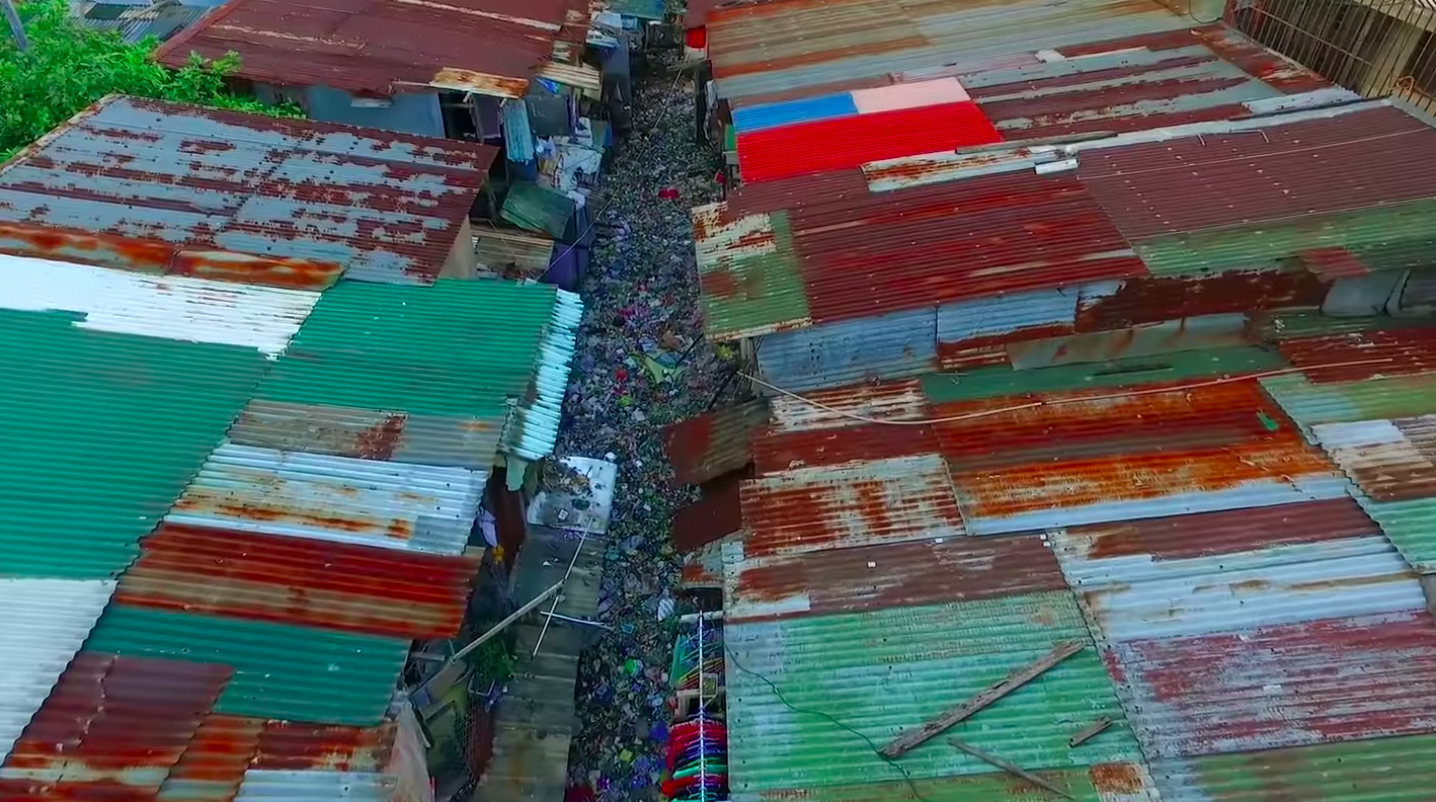The Philippines was showcased in a short clip shared by National Geographic Asia‘s Facebook page yesterday, but it wasn’t anything that’ll make you comment “#PinoyPride.”
You might end up feeling disgusted, if not horrified.
The 14-second video captured by Mike Hettwer shows a tributary which flows into the metro’s Pasig River. A tributary is a river which flows into a much larger body of water.
The video looks like it was captured by a drone and shows an overhead shot of shanties and the massively polluted river which is in between the houses.
“Believe it or not, what you’re looking at is a tributary that feeds into the Pasig River in Manila, #Philippines,” it says in its post. “The Pasig [River] is one of the most polluted rivers on Earth and it flows through downtown Manila and into the once pristine Manila Bay.”
“In 1990 the Pasig [River] was declared biologically dead, and in 1999 the Pasig River Rehabilitation Commission (PRRC) was formed to help clean up the river,” it added.
The PRRC is a government organization mandated to revive the Pasig River System to its pristine condition for transport, recreation, and tourism.
The public service announcement was to raise awareness, showing an example of just how much trash gets into a small river, let alone into the ocean.
Pasig River dumps over 63,700 tons of plastic every year into the ocean, according to GMA News. The 25-kilometer long river starts from the Laguna de Bay then flows into the Manila Bay. It used to be an important transport route before it was damaged by pollution.
The Manila Bay hasn’t been looking good either. It was once a significant port which was a main attraction in the city. But as time passed, it became more and more polluted.
Earlier this month, tropical storm Karding brought torrential rains in Manila, which caused the bay to overflow, bringing tons of garbage on Roxas Boulevard.
National Geographic Asia‘s video had over 120,000 views and 1,700 shares as of this article’s posting. Netizens weighed in on the pollution in the Philippines:
Raita Nagappa wrote: “Filippinos (sic) lack decepline (sic) in many areas. In Los Banos, plastic is banned but they use it any way (sic). Look at the jeepney and vehicle emissions. Look at the way they drive [and] throw trash everywhere. They dont seem to get that these small islands cant (sic) take so much of pollution from nearly 100 million [Filipinos].”
Prince Raynier said: “It’s much more worse when you see it in real life.”
“Discipline is the keyword to achieve,” said Fernando Tandoc.
Mike Manalo said it was a “hopeless case.”
“We might as well just give up bec[ause] even if we come up with several orgs (organizations) that aim to rehabilitate the river, but if we lack the discipline and conscious effort, it’s futile,” he stated.
Alf Crespo mentioned a number of ways to get people to clean up after themselves: “If you want to clean that quickly, pay the members of the neighborhood to pick the garbage up, divide them and take them to a recycling center. Pay them by weight.”
“Government to invest in [a] public education campaign about the danger(s) of garbage to the planet. Invest in incinerators that can convert the garbage to energy,” Crespo added. He lastly said for the government to “impose huge fines for littering.”
How should the Philippines manage its garbage disposal system? Share your thoughts by tweeting to @CoconutsManila.





Reader Interactions